At its core, reporting is much more than a formality – it is the art of authentically sharing outcomes and crafting stories that resonate with investors and stakeholders. But it faces a persistent challenge: how can firms provide meaningful information without overloading internal teams?
Striking the right balance is essential.
While asset managers play a key role in this effort, governing bodies have equal, if not greater, influence in driving progress towards greater simplicity and clarity. Against this backdrop, the Financial Reporting Council (FRC) has taken significant steps to enhance its UK Stewardship Code.
With the 2026 updates now in effect, the FRC has refreshed a framework that now encompasses nearly 300 signatories representing some £50trn in assets under management.
The changes signal a clearer, more flexible, and less burdensome approach that invites signatories to tell their stewardship story as a compelling narrative tailored to their distinct business model.
Understanding what has changed, why, and how to adapt will be critical for asset managers preparing their 2026 submissions.
What has changed?
- The definition of the principle of stewardship has been updated.
It is now defined as: “The responsible allocation, management and oversight of capital to create long-term sustainable value for clients and beneficiaries.”
This moves away from the idea of “sustainable benefits” and sharpens the focus on sustainable value creation that aligns with client and beneficiary objectives – now and in the future.
- Reporting requirements have also been significantly streamlined.
The 2026 Code features fewer Principles and shorter ‘how to report’ prompts, which help eliminate box-ticking approaches and encouraging meaningful disclosure.
For example, engagement activities – previously segmented into three separate Principles covering engagement, collaboration and escalation – are now brought together under a single overarching engagement Principle.
This shift acknowledges that these activities often operate in tandem and encourages a more integrated storytelling approach.
Additionally, recognising the diversity in size and investment approach among signatories, the FRC does not impose universal rules for reporting. Instead, it allows signatories to select the Principles that most accurately convey their stewardship approach and activities. According to the FRC, these enhancements could reduce reporting volumes by 20-30% without compromising quality.
- A flexible reporting structure has been introduced.
Another meaningful change divides submissions into two complementary parts:
- Policy and Context Disclosure
- Activities and Outcomes Report.
The Policy and Context Disclosure provides foundational information about the organisation, its governance, resourcing and key policies – details that typically remain consistent over the medium term. As such, the FRC requires this disclosure to be submitted every four years, or sooner if there are significant changes within the firm or its approach to stewardship.
The Activities and Outcomes Report must be submitted annually and focuses on demonstrating how the Principles have been applied in practice, detailing stewardship activities undertaken during the previous year and the outcomes achieved.
Together, these two parts offer a comprehensive view of stewardship activities, while their separation helps reduce reporting burden – striking a strong balance to enable meaningful reporting year-on-year.
Overall, flexibility is a key theme running through the 2026 Code.
Signatories have the freedom to decide how to structure their reporting – they can submit the Policy and Context Disclosure more frequently than the required four years, if preferred.
They can also choose to present the two parts as separate documents or combine them within a single comprehensive report.
Equally, the FRC welcomes Principle-by-Principle reporting as well as narrative-based approaches. Ultimately, this flexibility recognises that true stewardship is not one-size-fits-all but a nuanced dialogue that must be told in ways authentic to each manager’s purpose and approach, fostering transparency that truly resonates.
How will this affect 2026 submissions
The year 2026 marks a transition period for the UK Stewardship Code, giving asset managers the space to refine their stewardship reporting without the immediate pressure of formal assessment.
Existing signatories submitting renewal applications will remain on the signatory list throughout the year. This approach is designed to encourage firms to embrace the new Code’s flexibility and to craft stewardship narratives that authentically reflect their distinct approaches.
At the same time, the FRC continues to expect signatories to demonstrate their stewardship approach in a clear, evidence-based and outcome-focused manner.
Importantly, ‘outcomes’ do not have to be solely successful stewardship activities. Reporting should openly acknowledge setbacks, and the lessons signatories learn from them. Outcomes may represent realised successes, ongoing engagements, or activities which progressed more slowly or less favourably than expected.
Signatories are encouraged to provide transparent, balanced reporting that genuinely reflects the inherent complexities of stewardship.
The FRC intends to actively engage with managers through feedback on their 2026 submissions.
Where there is a risk that an asset manager may not meet the standards to remain on the signatory list, the FRC aims to provide constructive feedback to support 2027 submissions. This ensures the transition period is not just a pause, but a purposeful chance to enhance reporting quality and strengthen stewardship credibility.
How we can help
As 2026 ushers in a new era for stewardship reporting, there is a key opportunity for asset managers to take stock and thoughtfully craft their approach. The increased flexibility within the updated Code offers freedom, but also the responsibility to make considered choices about how to tell a compelling, authentic stewardship story while fulfilling the FRC’s expectations.
In this transition, where a strategic outlook is paramount, choosing the right partner can transform your Stewardship Code reporting into a strategic asset that builds trust and confidence with clients.
If you are an asset manager preparing for a 2026 submission and want to explore how to tell your stewardship story with clarity and conviction, please get in touch.
